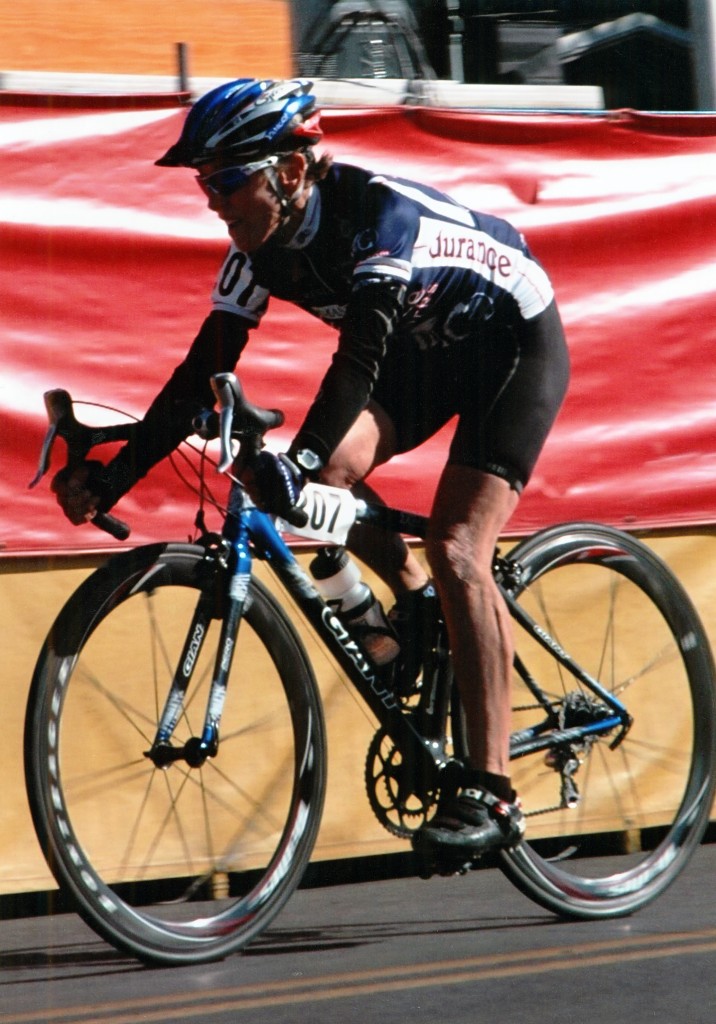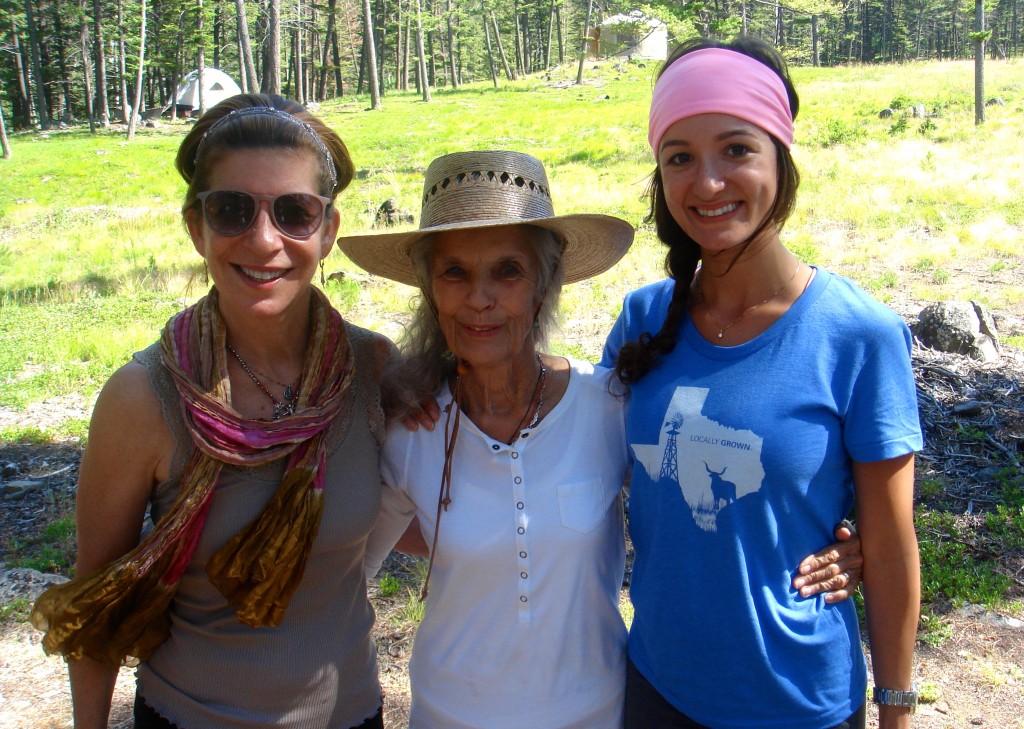“It’s paradoxical that the idea of living a long life appeals to everyone, but the idea of getting old doesn’t appeal to anyone.â€- Andy Rooney
Older adults need exercise training to improve their functional fitness that results in their independence, reduced falls, and a positive and profound impact on their mental and emotional health. Programs that involve strength, agility, dynamic balance, sensory enhancement and joint mobility ( think chest- up-confident stride ) all contribute to helping slow down the aging process.As we age, the size and quality of our muscles shrink at a loss of .5-1% per year. From the age of 60-80 years, the natural prevalence of muscle loss, or sarcopenia, jumps exponentially from 15-32% for men , and 23- 36% for women. At 80, the values increase to about 51% -55% respectively for women and men.
Shrinking muscles affect strength, power, endurance and speed.According to the US Center for Health Statistics, a person spends about 15% of their lifespan in an unhealthy state because of disability, injury or disease occurring in old age. The good news is that only one day a week of training will help you. A recent study of healthy women aged 60 years and older, showed that as little 1 day per week of aerobic activity and 1 day per week of resistance training may be just as good for improving strength,endurance, and quality of life as more frequent training. The study, published in the Journal of Strength and Conditioning Research, sited significant improvement of daily activities such as standing, sitting climbing stairs and walking. The majority of studies suggest that older less conditioned people adhere to training 2-3 times a week, with 48 recovery hours, performing 3 sets of 10-12 exercises.
Functional fitness involves dynamic balance, and it is not necessarily your fate to be the 1 of 3 people over 65 that suffer a bad fall. In younger people balance is largely an automatic reflex. A variety of movements, with practice, can make your legs stronger, ankles,hips and spine more flexible, and challenge the nervous system. Optimal balance requires information from both our body in space and our external environment. It also involves using all 360 degrees of thigh muscle, as these are the muscles that need to be strong. Try the following mobility and sensory-enhancement exercises adapted from Christian Thompson, PhD, associate professor in the department of exercise and sport science at the University of San Francisco:
1. Ankle Circles .
Stand tall with feet hip- width apart. Hold onto a stable object with one or two fingers only. Lift one leg off the floor slightly, in front of the body. Do 15 slow, clockwise ankle circles, moving your foot to the greatest degree possible. Repeat counter clockwise; switch legs. ( www.ideafit.com/ST-older-adults.com)
2. Rotating Head.
Stand with feet hip width apart while holding a shortened TRX Suspension strap in a single- handle mode, palm down, with arm partially extended at chest height. Repeatedly turn head fully from right to left at a brisk pace while keeping eyes fixed on anchor point.Try for 60 seconds. To progress exercise, march while turning head.
http://ketchumkeystone.com/2013/09/30/slowing-down-aging-with-strength-and-grace/P

